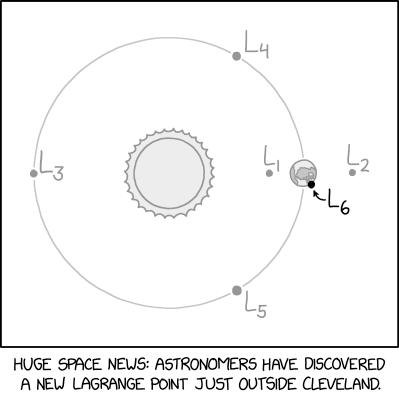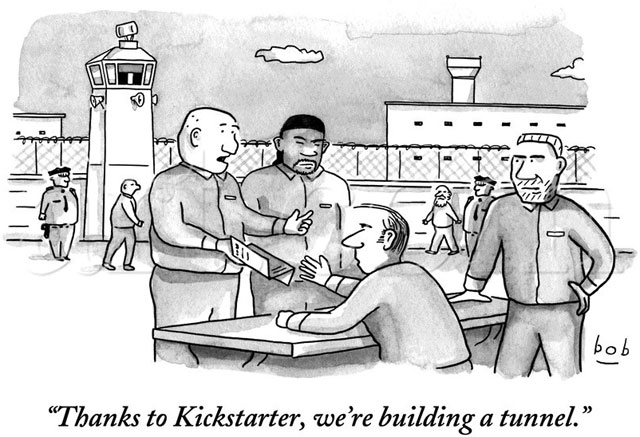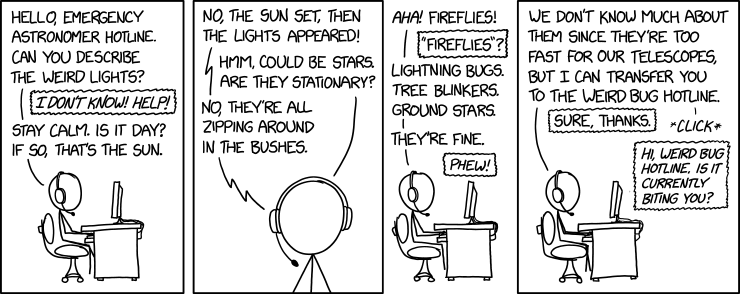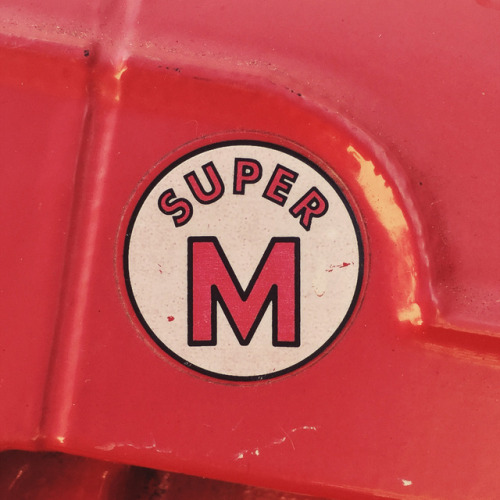
Shared posts
Art observation skills can transfer to the medical lab
In a study done by UPenn researchers, first-year medical students who were taught art observation classes at the Philadelphia Museum of Art were more proficient at reading clinical imagery than students who didn’t take the classes.
If you’re unfamiliar or uncomfortable with how art and science can mingle to produce something clinically beneficial, it’s a study premise that might seem far-fetched — but it didn’t seem that way to Gurwin, an ophthalmology resident at Penn, in part because she’d already seen the benefits of art education on a medical career firsthand.
“Having studied fine arts myself and having witnessed its impact on my medical training, I knew art observation training would be a beneficial practice in medical school,” she said. “Observing and describing are skills that are taught very well in fine arts training, and so it seemed promising to utilize their teachings and apply it to medicine.”
Gurwin and Binenbaum’s findings, published in the journal Ophthalmology in September: The medical students who’ve dabbled in art just do better.
It’s a glimpse at how non-clinical training can and does make for a better-prepared medical professional. Not only does art observation training improve med students’ abilities to recognize visual cues, it also improves their ability to describe those cues.
The results of this study reminded me of Walter Isaacson’s assertion in his book that Leonardo da Vinci’s greatest skill was his keen observational ability. Not coincidentally, Leonardo was both an artist and a medical researcher who dissected more than 30 human cadavers to study human anatomy. These dissections helped him to represent the human form more realistically in his paintings and drawings.

It’s easier to draw a hand, particularly a hand that appears to be moving (as Leonardo liked to do), if you know that’s going on underneath the skin. Looking carefully and purposefully at art, at anatomy, at the physical world, at people’s actions, at movies; it’s all the same skill that can be applied to anything.
I’ve been preoccupied with observation lately…the new kottke.org newsletter is named Noticing for good reason. Again, Leonardo factors in:
Tags: art Leonardo da Vinci medicine science Walter IsaacsonIsaacson argues that Leonardo’s observational powers were not innate and that with sufficient practice, we can all observe as he did. People talk in a precious way about genius, creativity, and curiosity as superpowers that people are born with but noticing is a more humble pursuit. Noticing is something we can all do.
Interview with Arno Kopecky: Sailing the Northern Gateway
Even Without Horses
AndreaWe have the most amazing and joyful students!
 There used to be this theory that kids hated dressage. Jumping and exciting things like games on horseback was what charged up kids, but dressage? Never.
There used to be this theory that kids hated dressage. Jumping and exciting things like games on horseback was what charged up kids, but dressage? Never.
Maybe this farm is just odd. There’s always that excuse to fall back on but this thing about kids hating dressage just doesn’t seem to be happening around here. First, we have our ever popular Youth Dressage Team. Taking 18 kids to the D4K Youth Dressage Festival is pretty concrete evidence that at least some kids around here do, in fact, like dressage.
Then there is this tidbit of evidence. After a riding lesson yesterday, these four kids put their horses away and then made a bee-line to the outdoor dressage arena to “play” dressage. Really? I can only imagine what a trainer who has kids who only want to go around and arena full of jumps might think of this. What, do you drug these kids? Do you torture them so with those silly dressage letters, circles and diagonal lines that they actually like this stuff? Like it so much that they do it without a horse? Nuts!
Actually though, kids and dressage is a growing thing in our country. It used to be that dressage was considered a sport just for adults. It was something people did after they got over the jumping bug. Not any more. We just happen to be on the cutting edge. How’s that for cool?
-Hollie McNeil, Owner/Trainer:Riding Right Farm, Author:40 Fundamentals of English Riding
Very Semi-Serious
From filmmakers Leah Wolchok and Davina Pardo comes a documentary about New Yorker cartoons called Very Semi-Serious. They are soliciting funds to finish the film on Kickstarter.

I cold emailed cartoon editor Bob Mankoff, and-to my surprise-he called me right away. So I flew to New York for the New Yorker festival, met all the cartoonists I'd been reading about, and pitched him my idea. An epic film about the past, present and future of cartooning at the New Yorker! The definitive documentary about his beloved craft, his beloved cartoonists, his beloved hair! How could he say no? He said no.
But that was 6 years ago, when I was too young and too nice. Now I'm going gray and getting crabby, and I've recruited the talented New York filmmaker Davina Pardo to produce the film with me. Bob has given us amazing access to the cartoon department and we are deep into production on the film.
Prints of that cartoon are also available.
Tags: Davina Pardo Leah Wolchok movies New Yorker Very Semi-Serious

![1916: 'PHYSICIST DAD' TURNS HIS ATTENTION TO GRAVITY, AND YOU WON'T BELIEVE WHAT HE FINDS. [PICS] [NSFW] 1916: 'PHYSICIST DAD' TURNS HIS ATTENTION TO GRAVITY, AND YOU WON'T BELIEVE WHAT HE FINDS. [PICS] [NSFW]](http://imgs.xkcd.com/comics/headlines.png)